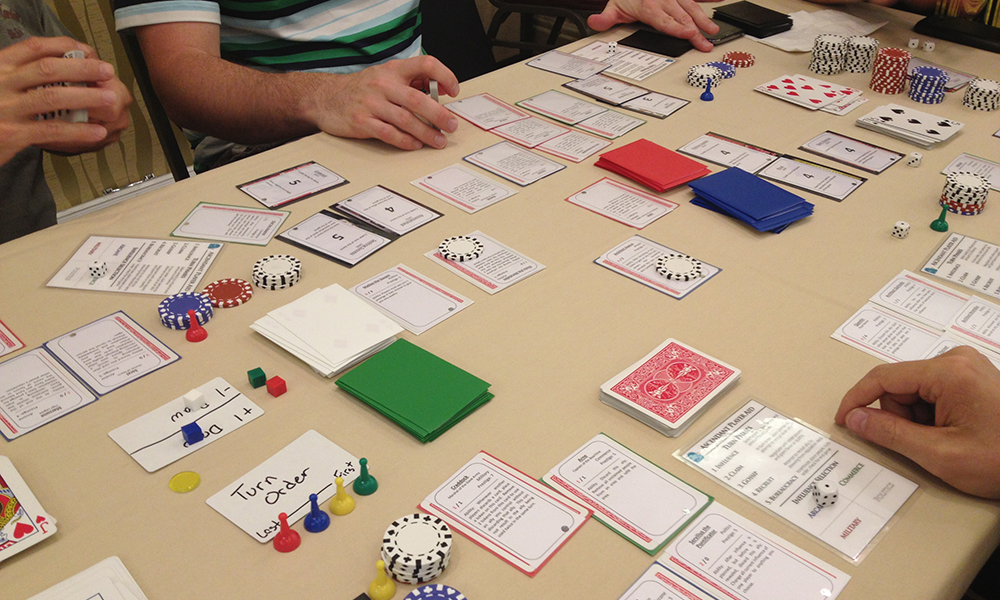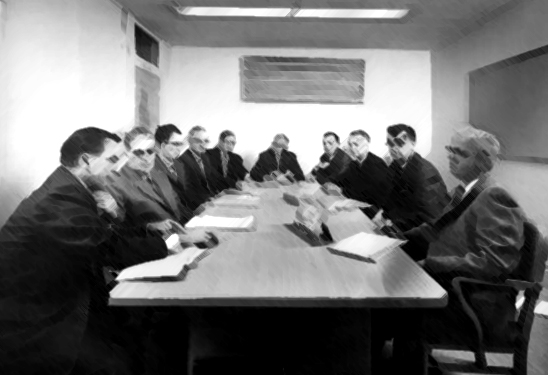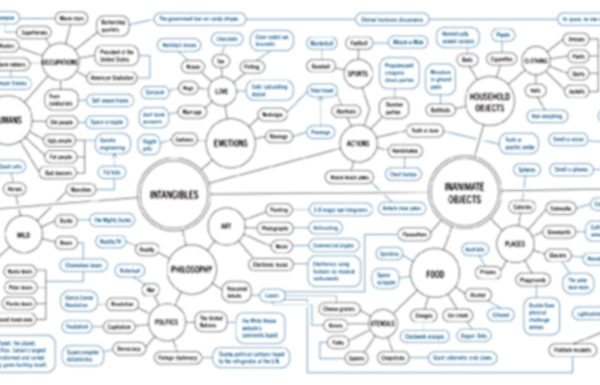Having a stellar game is about creating an immersive, interesting and engaging experience. Every aspect of a game should be an expression of design thinking. A game designer must always consider what a player will be thinking, feeling and doing while playing the game.
Let me start by saying that I am not a professional game designer. Hell, there are only a handful of those worldwide!
That said, my day job is spent working with some of the most talented designers and design thinkers in the multiverse. Seriously, I work with some awesome people, and I’ve learned a lot about the very nature of designed “experiences.”
Games are just that… designed experiences. In the end, having a stellar game is about creating an immersive, interesting and engaging experience, which is at the heart of most kinds of design.
Every aspect of a game should be an expression of design thinking. A game designer must always consider what a player will be thinking, feeling and doing while playing the game. That is really hard! It is extremely difficult to take the perspective of every potential player of your game. After all, it is YOUR game, and you know what is best. You know what you intended. You know what you meant to imply. You know what experience you were trying to create.
But did you actually create the desired experience? You can’t know until you playtest, over and over and over again. More to the point, you have to listen to the feedback you receive, and respect that feedback, even if you disagree.
Here are two helpful tips that I have learned from being both a game designer and working in the web design and web marketing industry.
Designing Your Experience
You cannot get complete and honest feedback about your game design unless your play testers can be immersed in the content of your game. It is impossible for most players to be immersed if they cannot get past the poor layouts, lack of iconography, dense text and fields of empty whiteness that generally accompany very early game prototypes.
I suggest playtesting your very early prototypes with other people who design games, first and foremost. They can empathize better with the position you are in as an early stage game design. I also suggest putting together icons, simplifying text and adding an element of layout and design as soon as possible, once you feel like the game is viable. This is not to say that it needs to be fully polished, but the lack of design needs to be less apparent so the general playtesters can move past it.
There are some great programs out there, like Nandeck, for rapidly prototyping games with some visual design elements.
User Testing Your Experience
Stop playing when you run playtests. In order to take in all of the verbal and nonverbal queues that your playtesters are sending, you’ll need to focus on them. You can’t do that if you are playing or running the playtests. You need to sit back and observe body language, comments and questions. Be ready to help if needed, but stay out of your own way as much as possible.
This is really hard. It requires you to divorce yourself from the game you have designed, and to be as empathetic as possible when observing. Take off your designer hat for a bit, and put on your observer hat. These observational sessions will lead to you noticing things that you wouldn’t otherwise.
What other ways have our fellow designers learned to better craft experiences early in the design phase?




